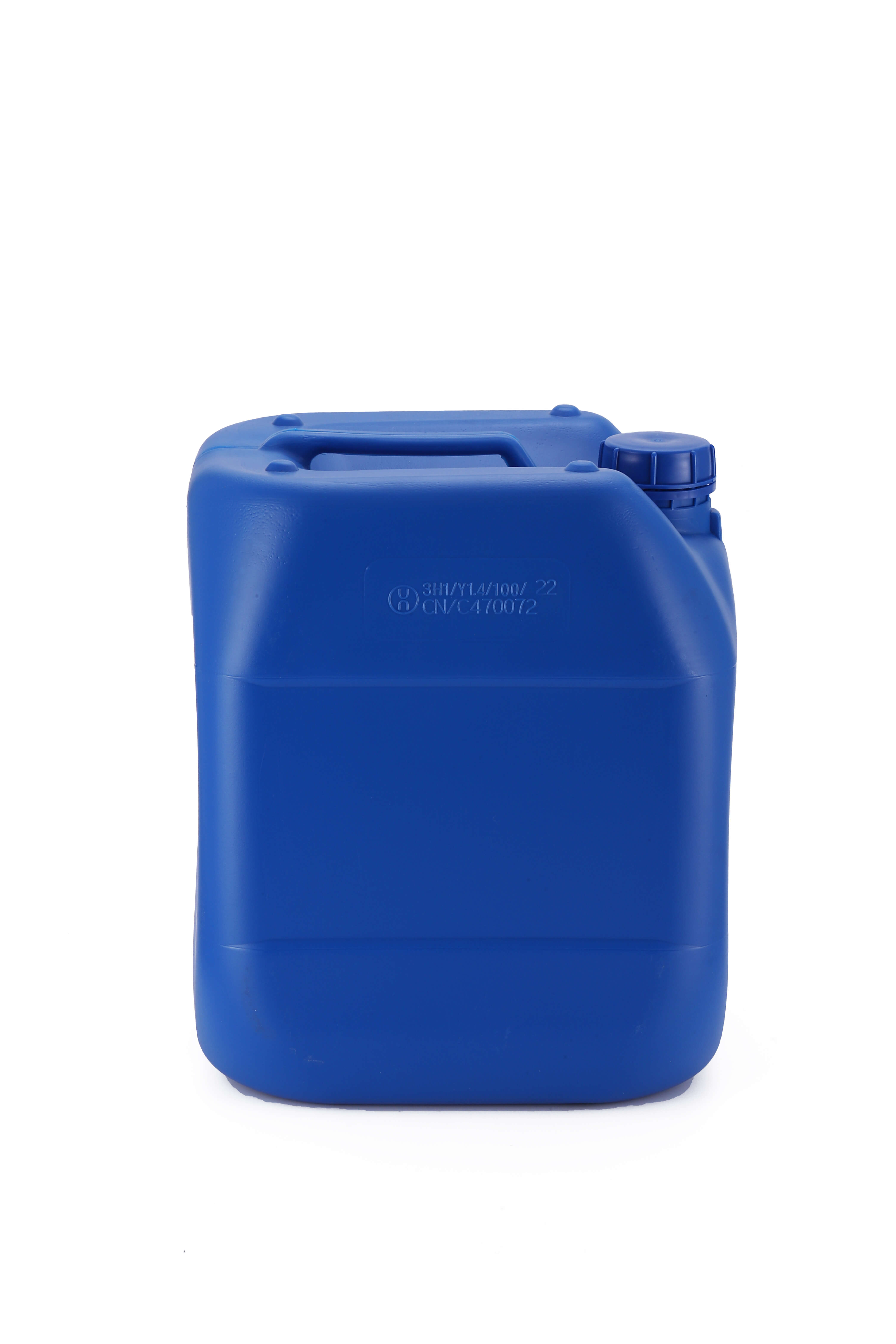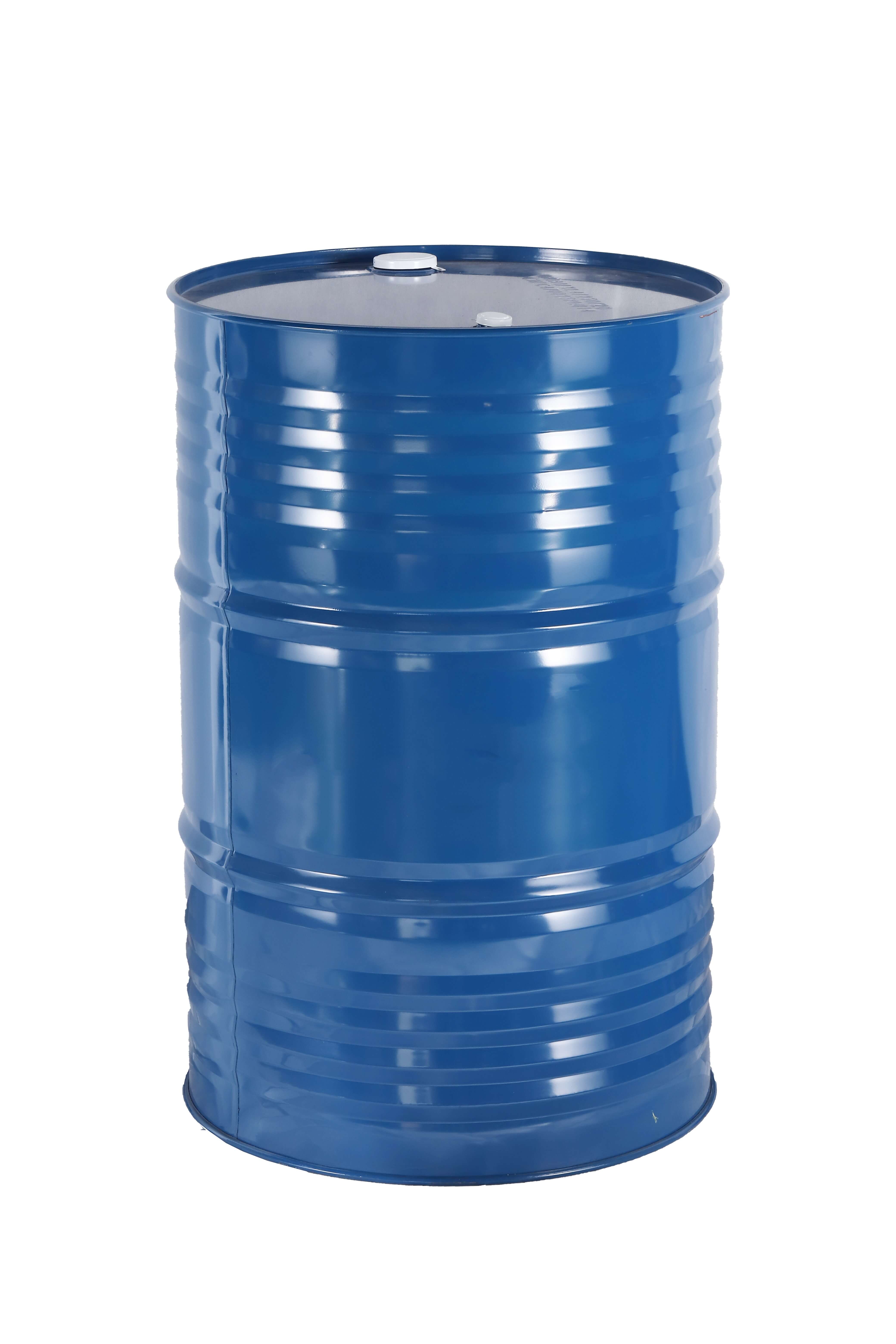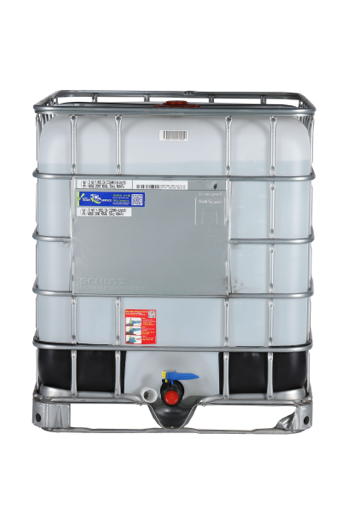English
| Availability: | |
|---|---|
| Quantity: | |








TCA-L12
TCA-L12
1.Product Introduction of the Titanate Coupling Agent TCA-L12 (CAS No. 110438-25-0 )
Titanate Coupling Agent TCA-L12 (CAS No. 110438-25-0 ), Our model TCA-L12(equivalent to Ken-React® LICA 12 ), is a neoalkoxy phosphate titanate coupling agent; it has a better thermostability and enhanced final properties compared to traditional monoalkoxy titanates TCA-K12.
2.Product Parameter (Specification) of the Titanate Coupling Agent TCA-L12 (CAS No. 110438-25-0 )
Index | Value |
Titanate type | Neoalkoxy |
Appearance | Red-orange transparent viscous liquid |
Viscosity,cps@25℃ | <5000 |
Solubility | Soluble in isopropyl alcohol. Soluble in xylene and toluene in concentrations less than 5%. Insoluble in Mineral Oil. Reacts with DOP. Soluble in H2O, but gels within 72-hours at concentrations greater than 10%. |
3.Application of the Titanate Coupling Agent TCA-L12 (CAS No. 110438-25-0 ):
1. Wood Plastic Composite (WPC): Commingled post-consumer waste plastics melt blended with Pinus Radiata fiber and neoalkoxy titanate form composite materials with higher tensile strengths of the order of 30% to 50%.
2. Plastic Alloy: Titanate may act as compatabilizers via activation of both addition and condensation polymers. When the activation occurs to more than one polymer simultaneously (in the absence or presence of filler or reinforcement – both inorganic and organic, or peroxide) repolymerization manifests itself as copolymerization (i.e. intermolecular rearrangement), or grafting, or other molecular modifications. The result is some form of superior "chemical alloying" as opposed to inferior “physical alloying”. Activation of both addition and condensation polymers by selected organometallics may result in catalysis and a wide variety of copolymerization reactions:
• Rapid equilibration of molecular weights to produce near thermodynamic equilibrium distribution irrespective of starting compositions.
• Randomization of most block copolymers except some aliphatic polyethers.
• Reduction in polydispersity of molecular weight resulting in a narrower molecular weight distribution curve.
• Controlled introduction of organofunctional groups for bonding enhancement.
3. Recycle and Regrind Thermoplastics: With “Repolymerization” function, thermoplastics may be regenerated to virgin or recycled more efficiently since the thermally stable titanate ester forms of subject organometallics “anneal” or “reconnect” polymer chain lengths that are normally “scissored” during processing. For example, HDPE regrind from blow molding operations can be regenerated to virgin-like properties and LDPE regrind/PP regrind at 80/20 polyblended in a twin screw extruder will show significantly increased HDT, melt flow, tensile modulus and elongation using TiLinkTM TCA-L12 at 0.2% by weight of the polyblend against a control.
4. Injection and Blow Molding: - 0.2% TiLinkTM TCA-L12 on average will reduce injection and blow mold cycle times by 19% and process temperatures by 9%. Up to 40% cycle time reductions even could be achieved. Typically, just a 4% cycle time reduction for a fully utilized production capital equipment setup pays the cost (US$8.5/kg.) of the additive and further reductions fall to the bottom line as profit. Furthermore TiLinkTM TCA-L12 could let you use less plastic to equivalent strengths - particularly in blow molded thermoplastics where outer dimensions are unaffected by thinner gauging. For example, a HDPE marine fuel tank uses 1% TiLinkTM TCA-L12 to reduce cycle time from 186 to 116 seconds at lower process temperature while reducing part weight from 1745 grams to 1500 grams to equivalent drop weight impact strength. The strength tests consisted of 3+-meter drop-weight impact of water filled containers and two-year UV exposure of fuel filled containers.
4. Packing Details of the Titanate Coupling Agent TCA-L12 (CAS No. 110438-25-0 )
The regular packing of Titanate Coupling Agent TCA-L12 (CAS No. 110438-25-0 ) is 25kg pail, 200L drums and 1000L immediate bulk container.
 |  |  |
5.Storage and Shelf Life of Titanate Coupling Agent TCA-L12 (CAS No. 110438-25-0 ):
Should be stored in dry, cool, ventilated room; keep away from water, moisture, high temperature and fire. This product has a shelf life of at least 12 months if stored in tightly closed original container at room temperature.
If this product is kept beyond the shelf life recommend on the product label, it is not necessarily unusable, but a quality control should be performed on the properties relevant to the application.
1.Product Introduction of the Titanate Coupling Agent TCA-L12 (CAS No. 110438-25-0 )
Titanate Coupling Agent TCA-L12 (CAS No. 110438-25-0 ), Our model TCA-L12(equivalent to Ken-React® LICA 12 ), is a neoalkoxy phosphate titanate coupling agent; it has a better thermostability and enhanced final properties compared to traditional monoalkoxy titanates TCA-K12.
2.Product Parameter (Specification) of the Titanate Coupling Agent TCA-L12 (CAS No. 110438-25-0 )
Index | Value |
Titanate type | Neoalkoxy |
Appearance | Red-orange transparent viscous liquid |
Viscosity,cps@25℃ | <5000 |
Solubility | Soluble in isopropyl alcohol. Soluble in xylene and toluene in concentrations less than 5%. Insoluble in Mineral Oil. Reacts with DOP. Soluble in H2O, but gels within 72-hours at concentrations greater than 10%. |
3.Application of the Titanate Coupling Agent TCA-L12 (CAS No. 110438-25-0 ):
1. Wood Plastic Composite (WPC): Commingled post-consumer waste plastics melt blended with Pinus Radiata fiber and neoalkoxy titanate form composite materials with higher tensile strengths of the order of 30% to 50%.
2. Plastic Alloy: Titanate may act as compatabilizers via activation of both addition and condensation polymers. When the activation occurs to more than one polymer simultaneously (in the absence or presence of filler or reinforcement – both inorganic and organic, or peroxide) repolymerization manifests itself as copolymerization (i.e. intermolecular rearrangement), or grafting, or other molecular modifications. The result is some form of superior "chemical alloying" as opposed to inferior “physical alloying”. Activation of both addition and condensation polymers by selected organometallics may result in catalysis and a wide variety of copolymerization reactions:
• Rapid equilibration of molecular weights to produce near thermodynamic equilibrium distribution irrespective of starting compositions.
• Randomization of most block copolymers except some aliphatic polyethers.
• Reduction in polydispersity of molecular weight resulting in a narrower molecular weight distribution curve.
• Controlled introduction of organofunctional groups for bonding enhancement.
3. Recycle and Regrind Thermoplastics: With “Repolymerization” function, thermoplastics may be regenerated to virgin or recycled more efficiently since the thermally stable titanate ester forms of subject organometallics “anneal” or “reconnect” polymer chain lengths that are normally “scissored” during processing. For example, HDPE regrind from blow molding operations can be regenerated to virgin-like properties and LDPE regrind/PP regrind at 80/20 polyblended in a twin screw extruder will show significantly increased HDT, melt flow, tensile modulus and elongation using TiLinkTM TCA-L12 at 0.2% by weight of the polyblend against a control.
4. Injection and Blow Molding: - 0.2% TiLinkTM TCA-L12 on average will reduce injection and blow mold cycle times by 19% and process temperatures by 9%. Up to 40% cycle time reductions even could be achieved. Typically, just a 4% cycle time reduction for a fully utilized production capital equipment setup pays the cost (US$8.5/kg.) of the additive and further reductions fall to the bottom line as profit. Furthermore TiLinkTM TCA-L12 could let you use less plastic to equivalent strengths - particularly in blow molded thermoplastics where outer dimensions are unaffected by thinner gauging. For example, a HDPE marine fuel tank uses 1% TiLinkTM TCA-L12 to reduce cycle time from 186 to 116 seconds at lower process temperature while reducing part weight from 1745 grams to 1500 grams to equivalent drop weight impact strength. The strength tests consisted of 3+-meter drop-weight impact of water filled containers and two-year UV exposure of fuel filled containers.
4. Packing Details of the Titanate Coupling Agent TCA-L12 (CAS No. 110438-25-0 )
The regular packing of Titanate Coupling Agent TCA-L12 (CAS No. 110438-25-0 ) is 25kg pail, 200L drums and 1000L immediate bulk container.
 |  |  |
5.Storage and Shelf Life of Titanate Coupling Agent TCA-L12 (CAS No. 110438-25-0 ):
Should be stored in dry, cool, ventilated room; keep away from water, moisture, high temperature and fire. This product has a shelf life of at least 12 months if stored in tightly closed original container at room temperature.
If this product is kept beyond the shelf life recommend on the product label, it is not necessarily unusable, but a quality control should be performed on the properties relevant to the application.
